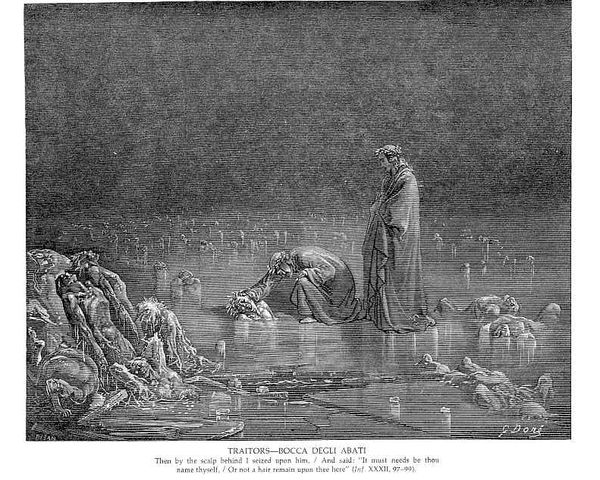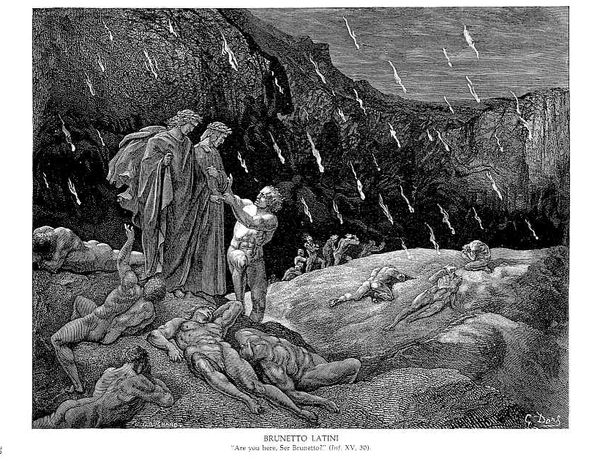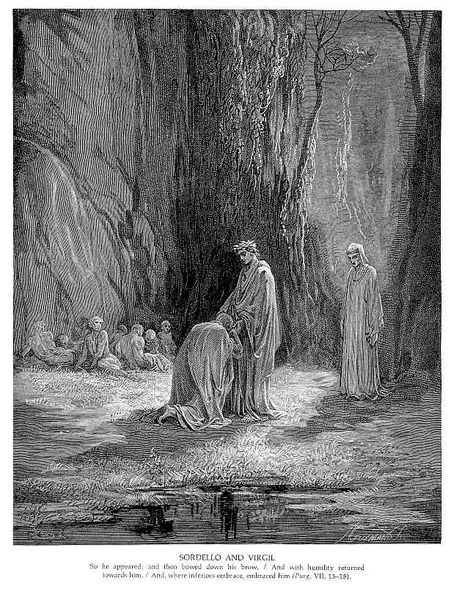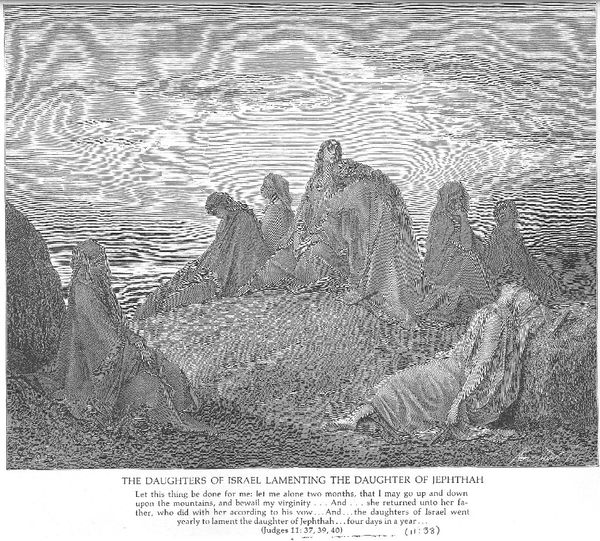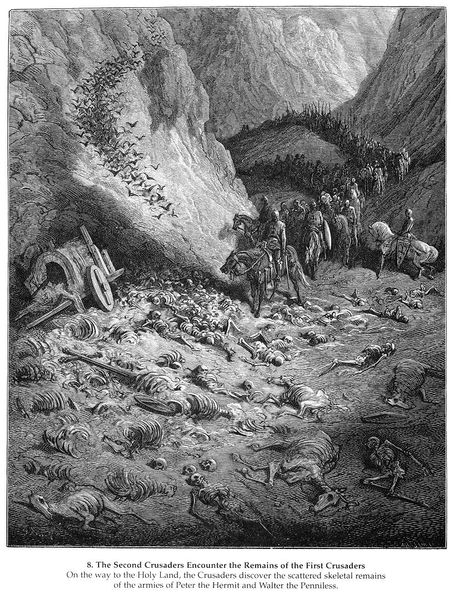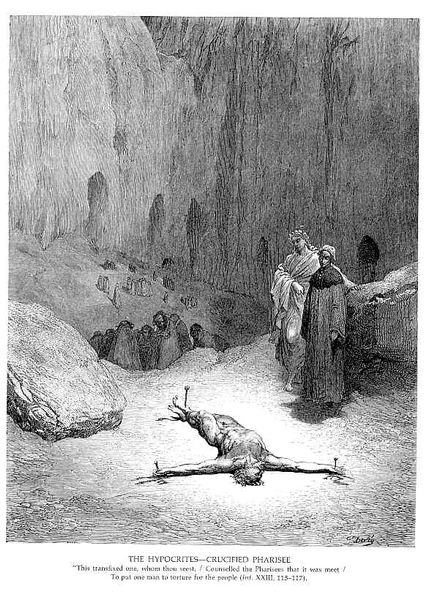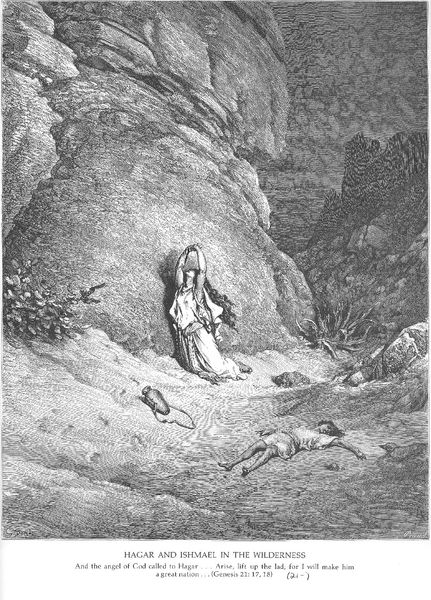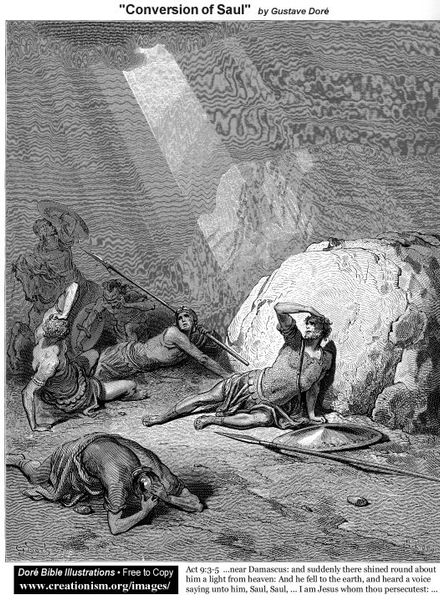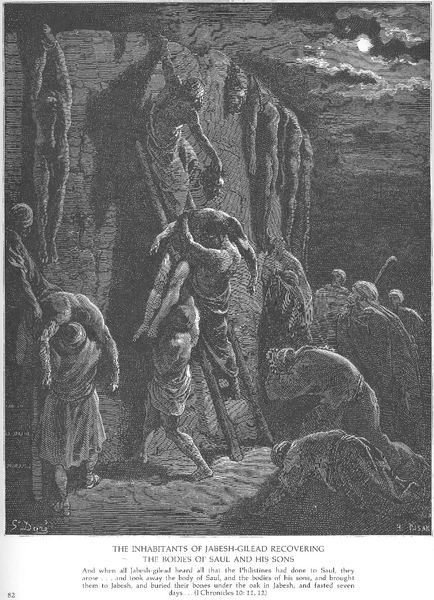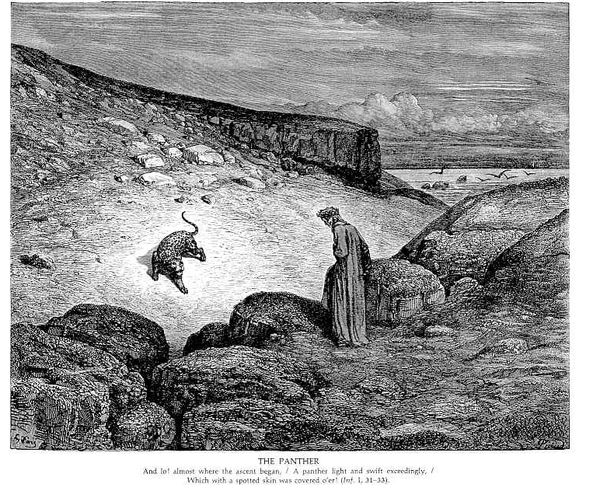
print, photography, engraving
#
narrative-art
# print
#
landscape
#
figuration
#
photography
#
black and white theme
#
romanticism
#
black and white
#
symbolism
#
history-painting
#
engraving
Copyright: Public domain
This is Gustave Doré's "Ugolino and Archbishop Ruggieri," a chilling print made in the 19th century. It captures a scene from Dante’s Inferno, where Count Ugolino, imprisoned and starved with his sons, exacts eternal revenge on Archbishop Ruggieri. Doré’s work reflects a 19th-century fascination with the dramatic and macabre, playing on anxieties about morality and justice. France during this period saw the rise of secularism and challenges to religious authority, influencing Doré's interpretation of Dante's inferno. The print’s stark contrasts and grotesque imagery aren’t just artistic choices. They’re a social commentary, questioning the roles of religious figures and institutions in perpetuating cruelty. The setting itself—a frozen lake of treachery—emphasizes the absolute isolation and moral bankruptcy of these figures. To truly understand this print, historians delve into the literature of Dante, religious and political history of 19th century France, and the institutional role of the Church. Art like this serves as a powerful reflection of its time, challenging norms and provoking questions about power, justice, and human nature.
Comments
No comments
Be the first to comment and join the conversation on the ultimate creative platform.

